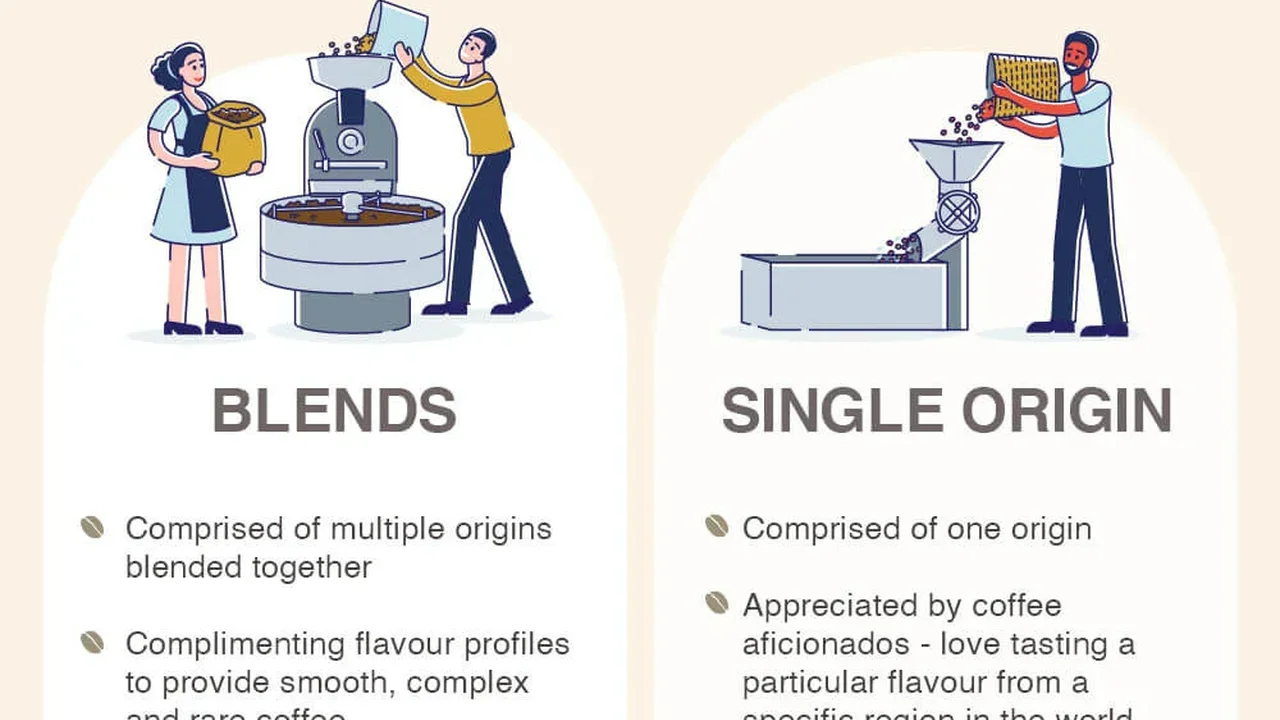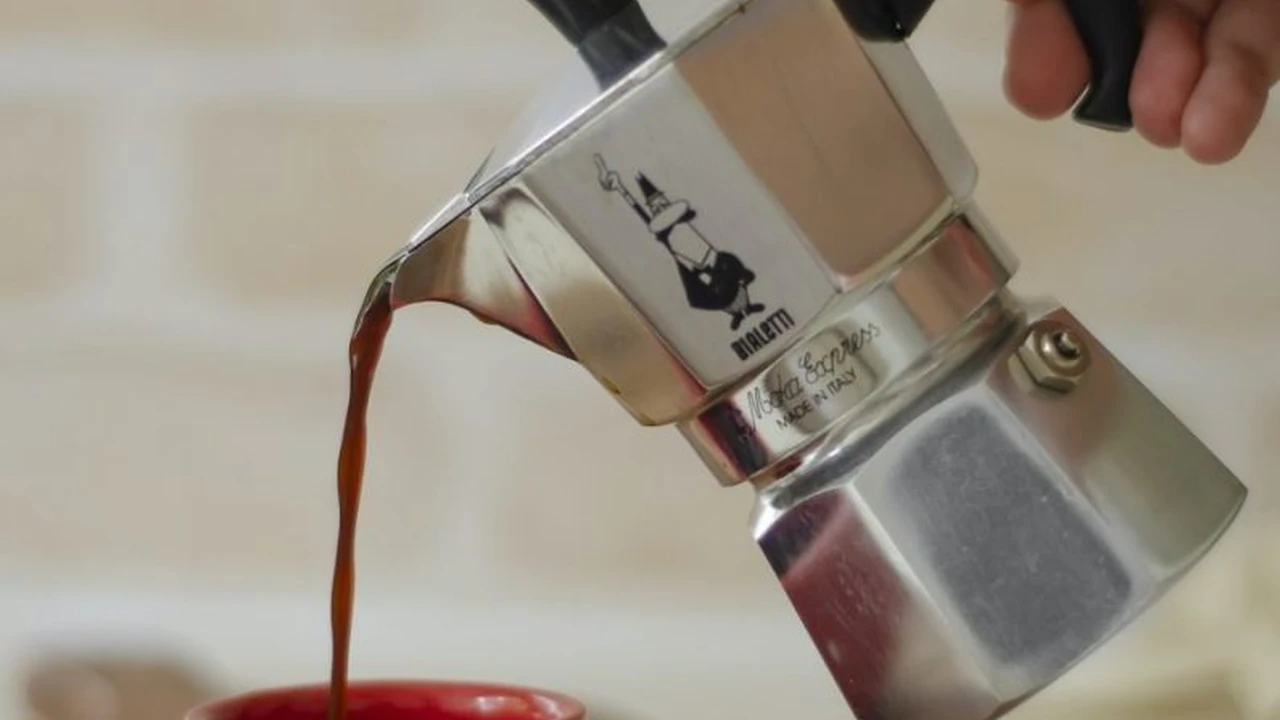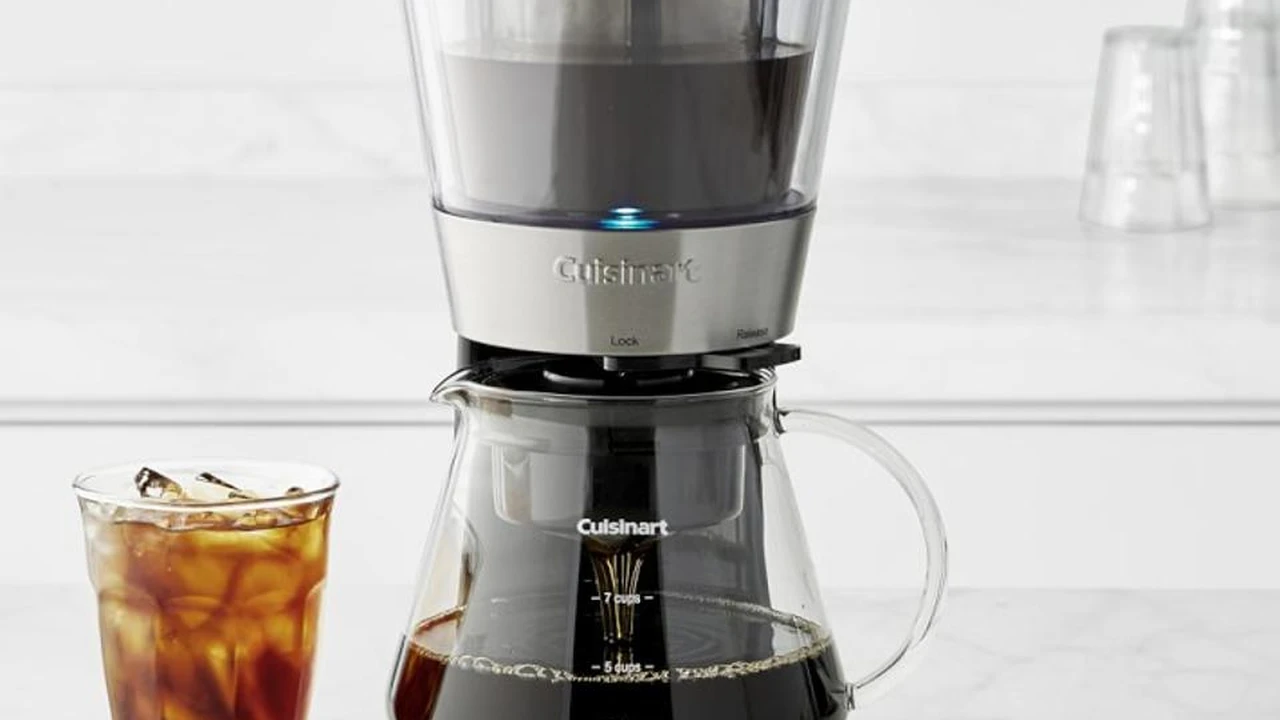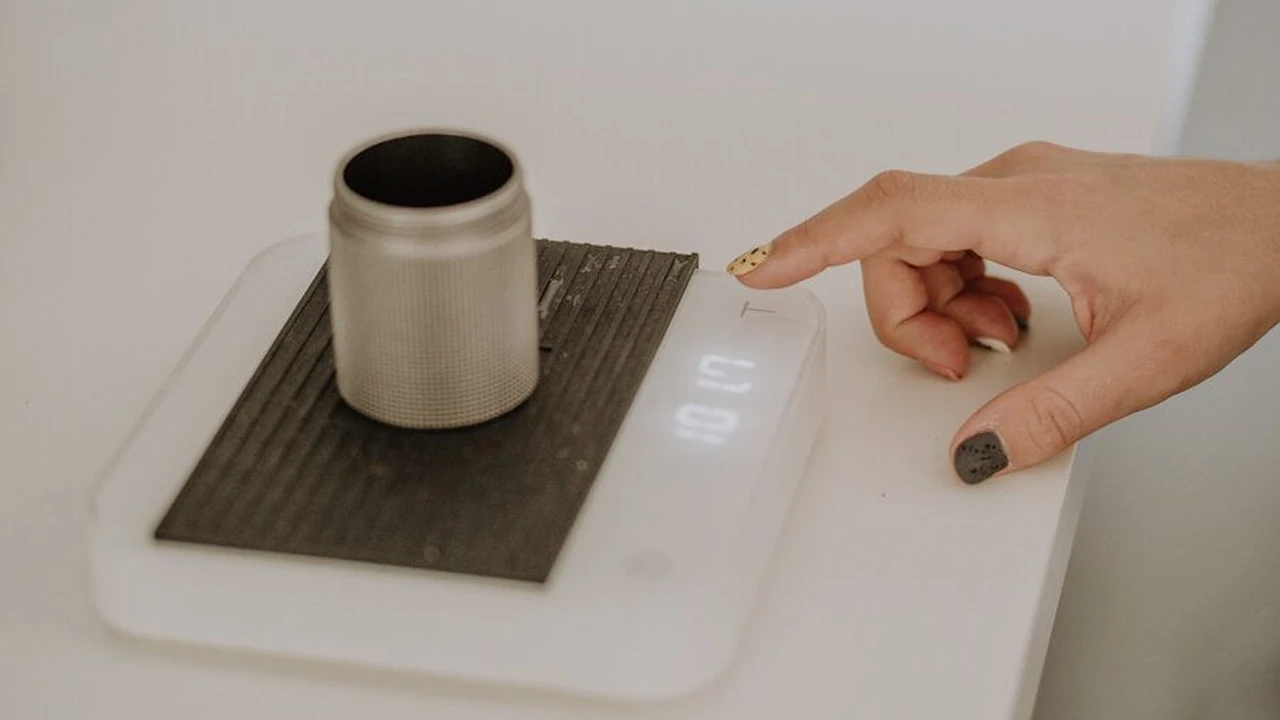Coffee Bean Storage: How to Keep Your Beans Fresh

Coffee pod machines offer unparalleled convenience, but how does the coffee quality compare? This article weighs the pros and cons of pod machines, considering ease of use, cost, environmental impact, and ultimately, the taste. Make an informed decision before your next coffee purchase!
The Allure of Coffee Pod Machines: Ultimate Convenience
Let's face it, mornings can be hectic. The biggest selling point of coffee pod machines is their sheer convenience. No more grinding beans, measuring coffee, or dealing with messy grounds. Just pop in a pod, press a button, and within seconds, you have a cup of coffee. This speed and simplicity are especially appealing for busy professionals, students, or anyone who values a quick and easy caffeine fix.
Imagine this: you're running late for a meeting. Instead of skipping your morning coffee, you can have a freshly brewed cup in under a minute with a pod machine. That's a huge win for productivity and overall mood!
Delving into Coffee Quality: Taste and Aroma Considerations
While convenience is king, coffee quality is queen (or king, depending on your preference!). Coffee pod machines, while improving, often struggle to match the nuanced flavors and aromas of freshly ground coffee. Several factors contribute to this difference.
Firstly, pre-ground coffee in pods tends to lose its freshness faster than whole beans. Exposure to air degrades the oils and compounds that give coffee its distinctive taste. Secondly, the grind size in pods is often standardized, which may not be optimal for all types of coffee or brewing styles. Finally, some argue that the brewing process in pod machines, which typically involves high pressure and short extraction times, can lead to a less complex and balanced cup of coffee.
Think of it like this: a gourmet chef wouldn't use pre-cut, frozen vegetables for a five-star meal. Fresh ingredients are key to achieving the best possible flavor. Similarly, freshly ground coffee beans are the foundation for a truly exceptional cup of coffee.
Cost Analysis: Pod vs Traditional Coffee Brewing
The initial investment in a coffee pod machine is often lower than that of a high-end espresso machine or pour-over setup. However, the long-term cost can be significantly higher due to the recurring expense of purchasing coffee pods. Pod prices can range from $0.50 to $1.00 or more per pod, depending on the brand and coffee type. Over time, this cost can easily surpass the price of buying whole beans and grinding them yourself.
Let's break down the numbers: if you drink two cups of coffee per day using pods costing $0.75 each, you'll spend $547.50 per year on coffee pods alone. In contrast, buying a bag of high-quality whole beans and grinding them yourself could cost significantly less per cup.
Therefore, it's crucial to consider your coffee consumption habits and budget when deciding between pod machines and traditional brewing methods.
Environmental Impact: Addressing the Waste Issue
One of the biggest criticisms of coffee pod machines is their environmental impact. The vast majority of coffee pods are made from plastic or aluminum, which are not easily biodegradable. This results in a significant amount of waste ending up in landfills. While some companies offer recycling programs for their pods, the participation rates are often low.
However, there are some encouraging developments in the industry. Some companies are now producing biodegradable or compostable coffee pods, which are a more sustainable alternative. Additionally, some consumers are opting to use reusable coffee pods, which can be filled with their own ground coffee.
If you're concerned about the environmental impact of coffee pod machines, consider researching biodegradable or reusable pod options.
Specific Coffee Pod Machine Recommendations and Comparisons
Alright, let's get into some specific recommendations! There are a ton of coffee pod machines out there, each with its own strengths and weaknesses. Here's a breakdown of a few popular options, along with their pros, cons, and estimated prices.
Nespresso Vertuo Plus: The Espresso Specialist
Pros: Produces high-quality espresso with a rich crema. Simple to use. Wide variety of coffee pod options. Automatic pod ejection.
Cons: Only compatible with Nespresso Vertuo pods, which can be expensive. Limited third-party pod options. Can be noisy.
Best for: Espresso lovers who prioritize convenience and don't mind the higher pod cost.
Price: Approximately $150 - $200.
Ideal User Scenario: Quick espresso shots before work or a fancy cappuccino on the weekend.
Keurig K-Elite: The Versatile Brewmaster
Pros: Brews a wide range of coffee sizes. Hot water on demand. Strong brew option. Compatible with a variety of K-Cup pods.
Cons: Coffee quality is generally considered to be lower than Nespresso. Can be prone to maintenance issues. Plastic construction.
Best for: Coffee drinkers who want versatility and don't mind sacrificing some coffee quality.
Price: Approximately $120 - $170.
Ideal User Scenario: Brewing a large travel mug of coffee for the commute or making a quick cup of tea.
Lavazza A Modo Mio Jolie: The Budget-Friendly Italian
Pros: Affordable price. Compact design. Easy to use. Produces decent espresso.
Cons: Limited pod options. Smaller water tank. Can be inconsistent in brewing temperature.
Best for: Budget-conscious consumers who want an entry-level espresso pod machine.
Price: Approximately $80 - $120.
Ideal User Scenario: A quick and simple espresso after dinner.
Caffitaly S22: The Multi-Capsule Maverick
Pros: Compatible with multiple capsule systems (Caffitaly, Nespresso, K-Cup with adapter). Offers greater flexibility in coffee choices.
Cons: Requires adapters for different capsule types. Can be more complex to use than single-system machines.
Best for: Users who want the flexibility to brew different types of coffee from various brands.
Price: Approximately $180 - $250.
Ideal User Scenario: Brewing espresso for some guests and drip coffee for others, all with one machine.
Comparing the Machines: A Quick Chart
To help you visualize the differences, here's a quick comparison chart:
| Machine | Coffee Type | Convenience | Coffee Quality | Cost (Machine) | Cost (Pods) | Environmental Impact |
|---|---|---|---|---|---|---|
| Nespresso Vertuo Plus | Espresso | High | High | $$ | $$$ | Medium (Recycling Program) |
| Keurig K-Elite | Drip Coffee, Tea | High | Medium | $$ | $$ | High (Plastic Waste) |
| Lavazza A Modo Mio Jolie | Espresso | High | Medium | $ | $$ | Medium (Limited Recycling) |
| Caffitaly S22 | Multiple | Medium | Medium to High | $$$ | Variable | Variable |
Legend: $: Budget-friendly, $$: Mid-range, $$$: Premium
Beyond the Machine: Tips for Better Pod Coffee
Even with a pod machine, there are ways to improve your coffee experience. Here are a few tips:
- Use filtered water: This will improve the taste of your coffee and prevent mineral buildup in your machine.
- Preheat your cup: A warm cup will help maintain the coffee's temperature and enhance the aroma.
- Experiment with different pods: Try different brands and coffee types to find your favorites.
- Clean your machine regularly: This will ensure optimal performance and prevent the buildup of coffee residue.
- Consider reusable pods: If you're concerned about the environmental impact, reusable pods are a great option.
- Adjust the brew size: Most machines allow you to adjust the brew size to customize your coffee strength.
The Verdict: Are Coffee Pod Machines Worth It?
Ultimately, the decision of whether or not to buy a coffee pod machine depends on your individual needs and priorities. If convenience is your top concern and you're willing to sacrifice some coffee quality and pay a premium for pods, then a pod machine could be a great fit for you. However, if you're a coffee connoisseur who values the nuanced flavors of freshly ground beans and you're concerned about the environmental impact, then a traditional brewing method might be a better choice.
No matter what you choose, remember to enjoy your coffee! It's one of life's simple pleasures.
:max_bytes(150000):strip_icc()/277019-baked-pork-chops-with-cream-of-mushroom-soup-DDMFS-beauty-4x3-BG-7505-5762b731cf30447d9cbbbbbf387beafa.jpg)






